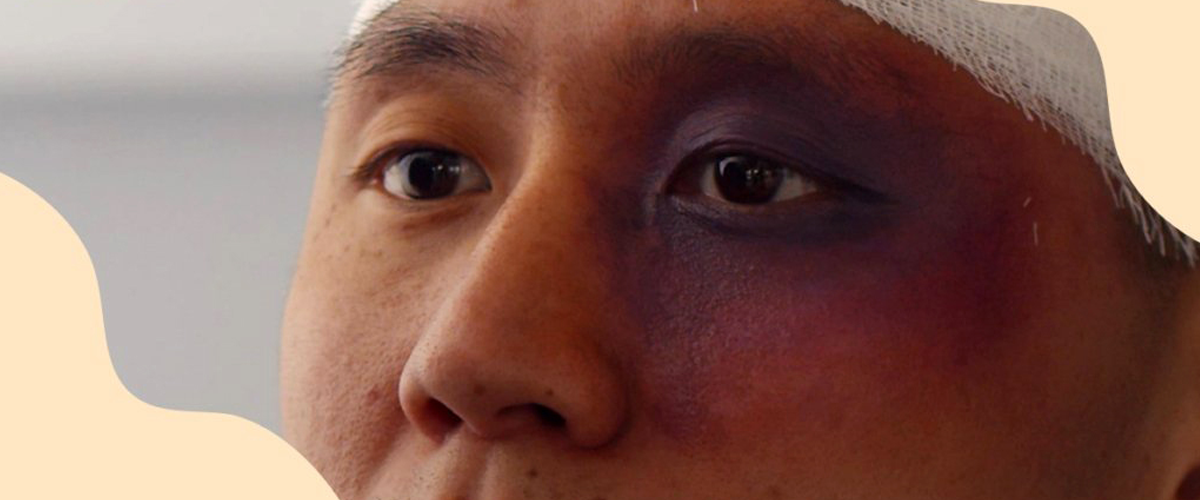
Riva Dimailig: Longtime Prayer Answered Brightly
Yet another answered prayer. For the longest time, Riva Dimailig’s plea was to regain 20/20 vision. Little did she know that it can surely be answered.“God makes everything beautiful in his time. Who would have thought my longtime prayer was…



